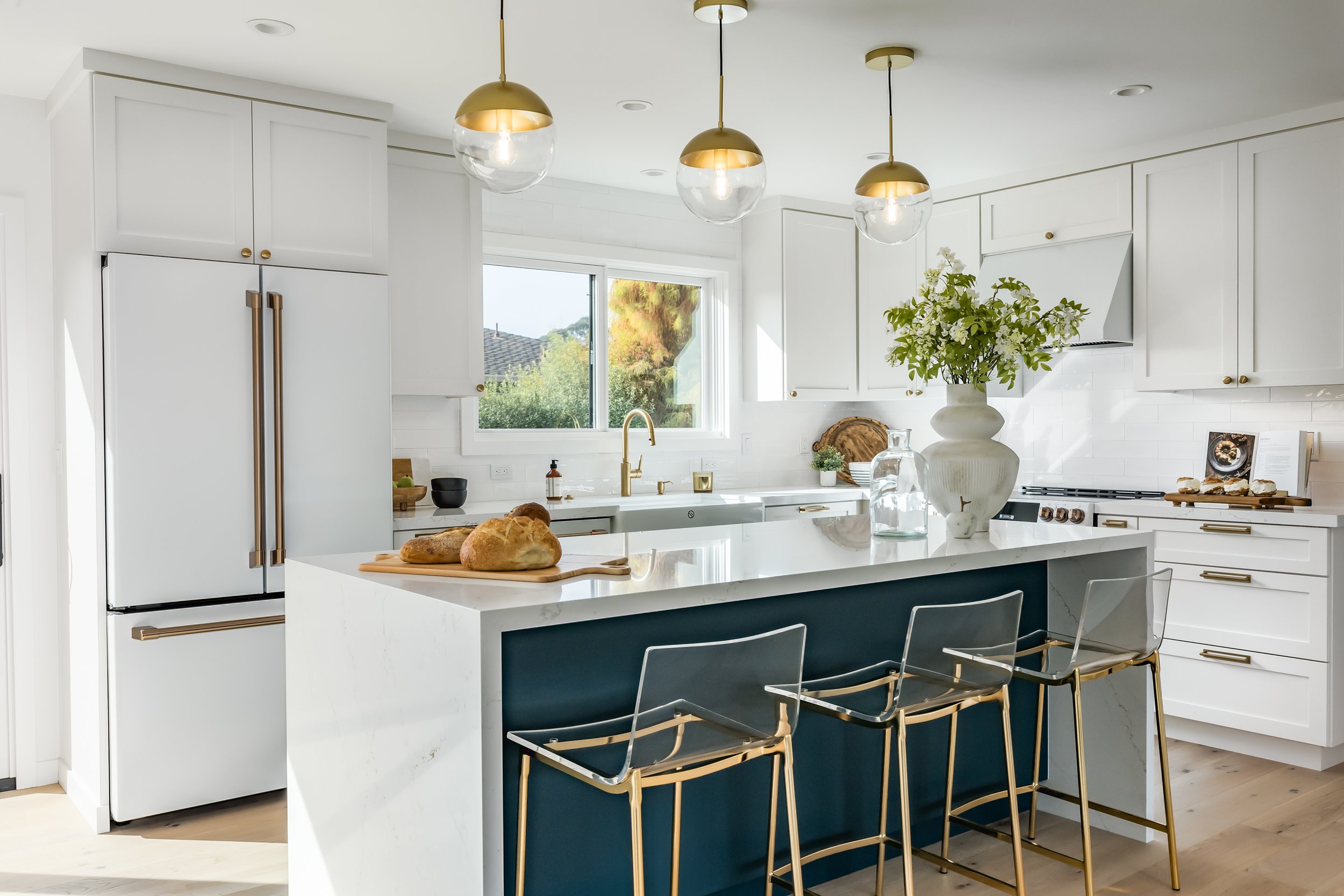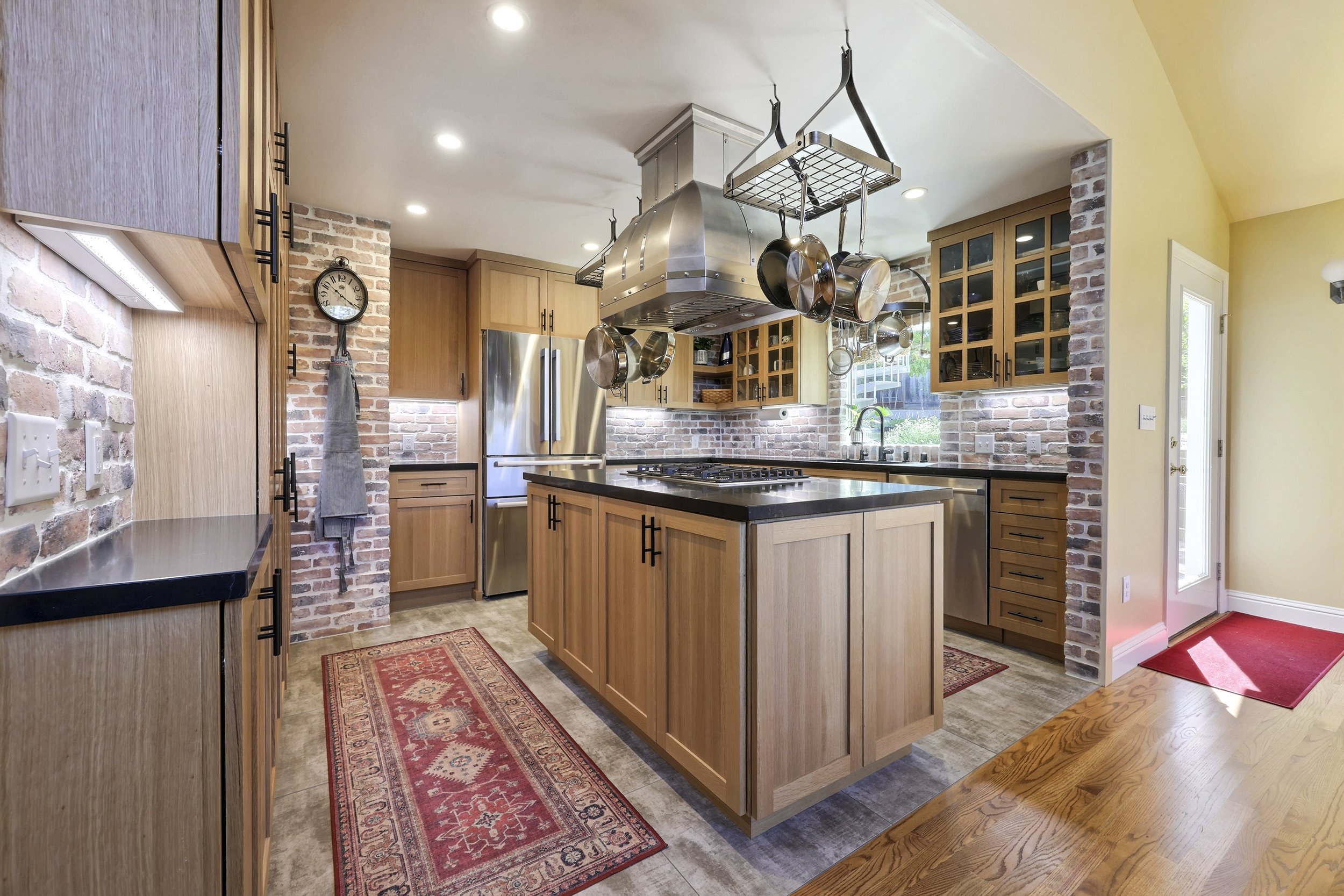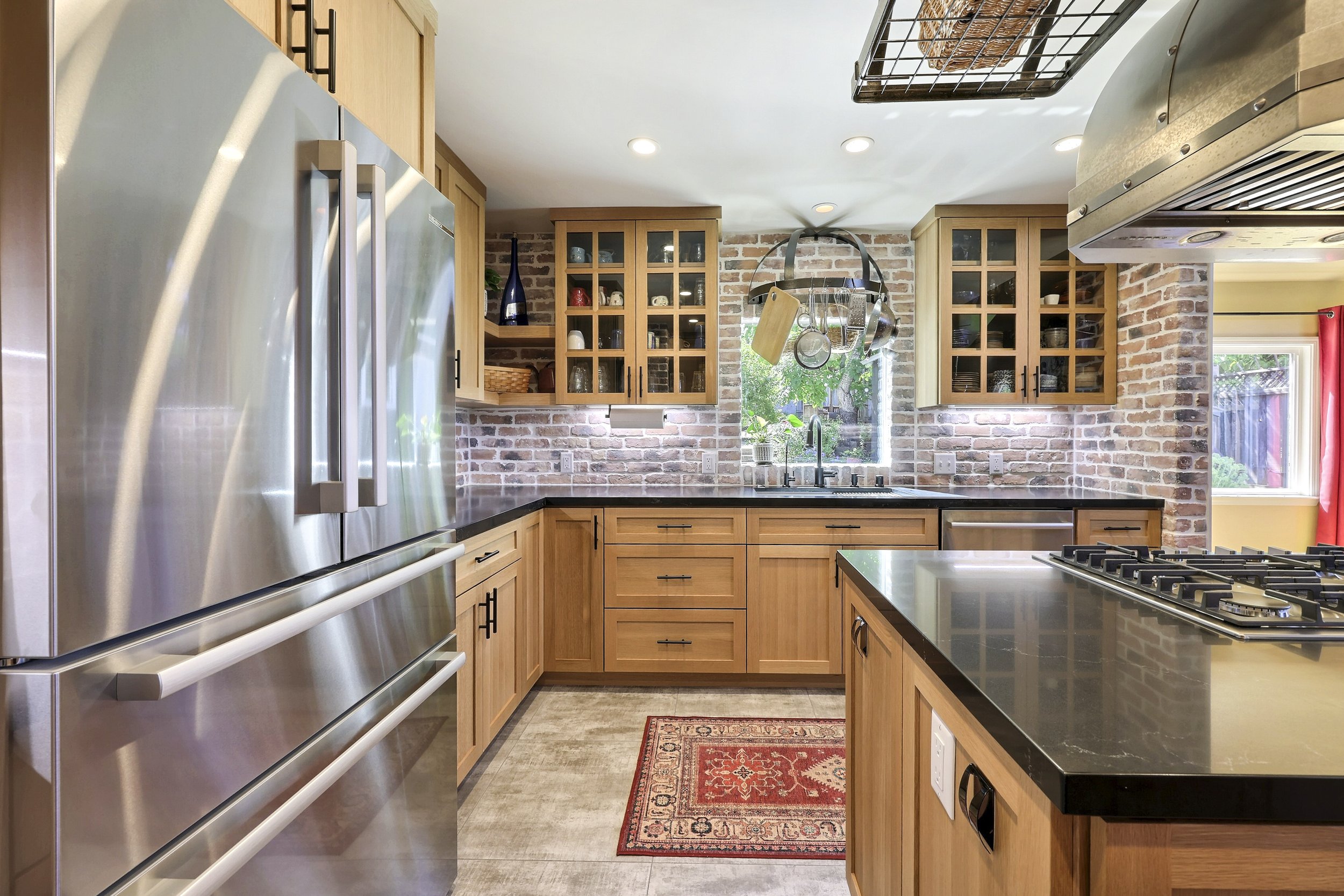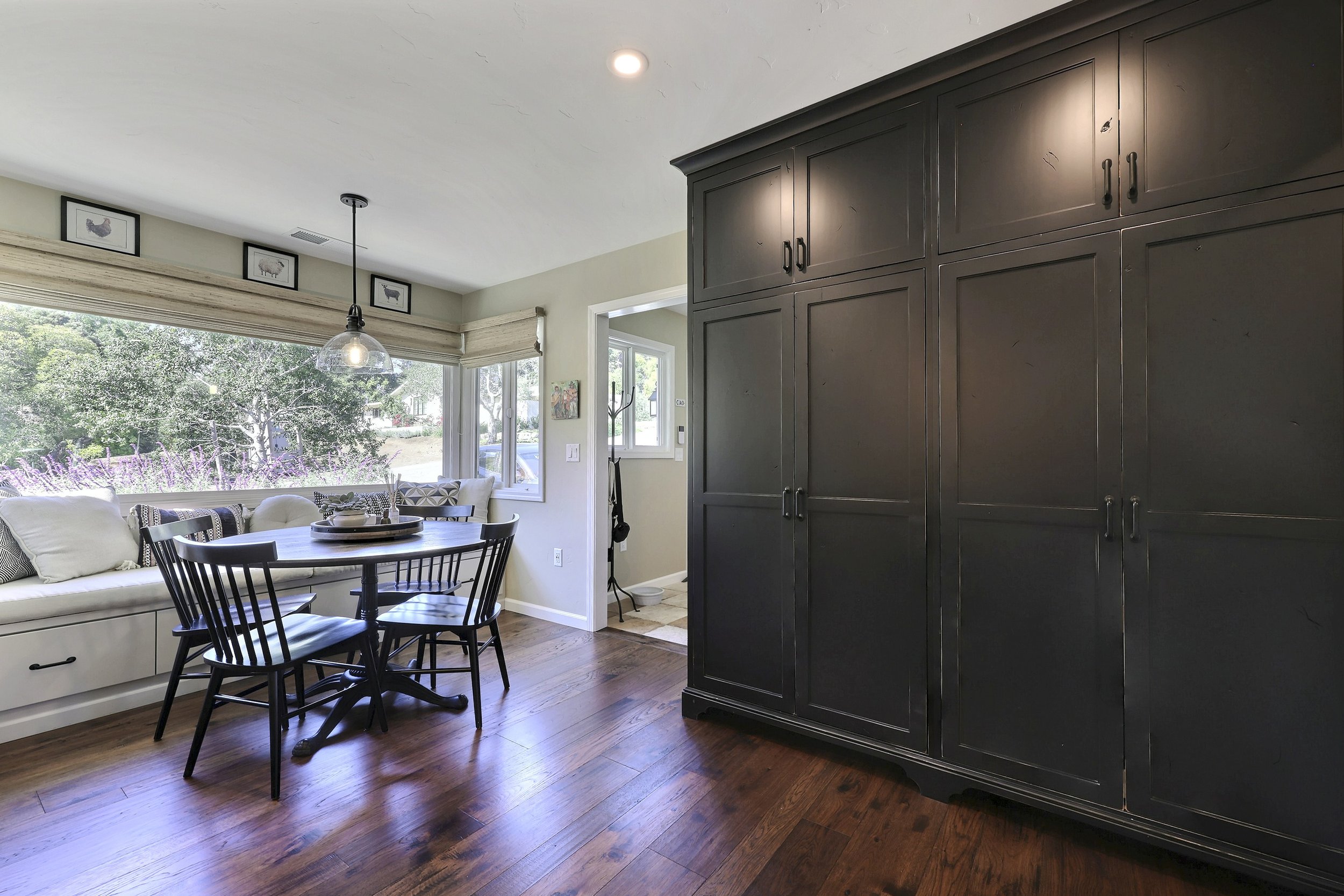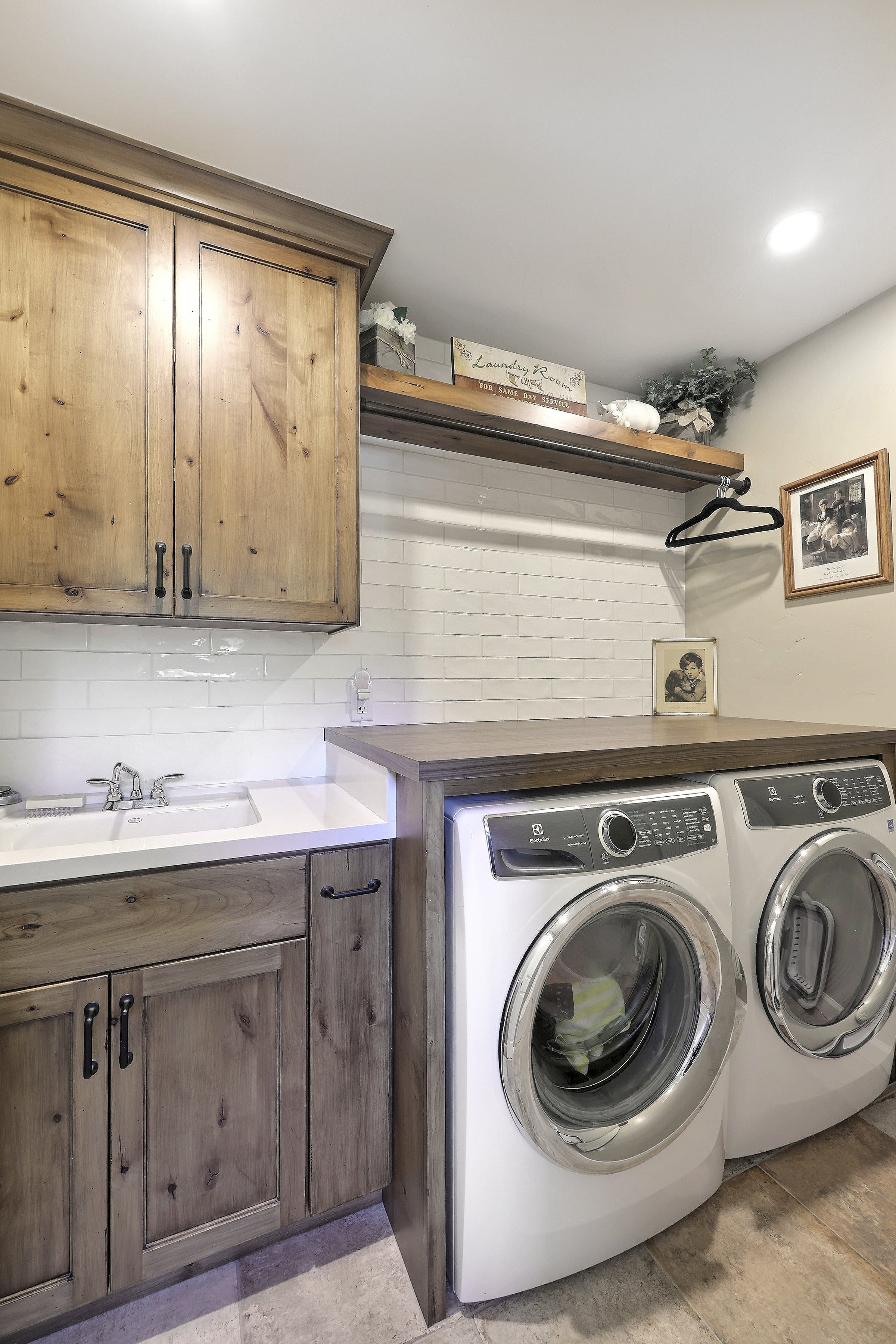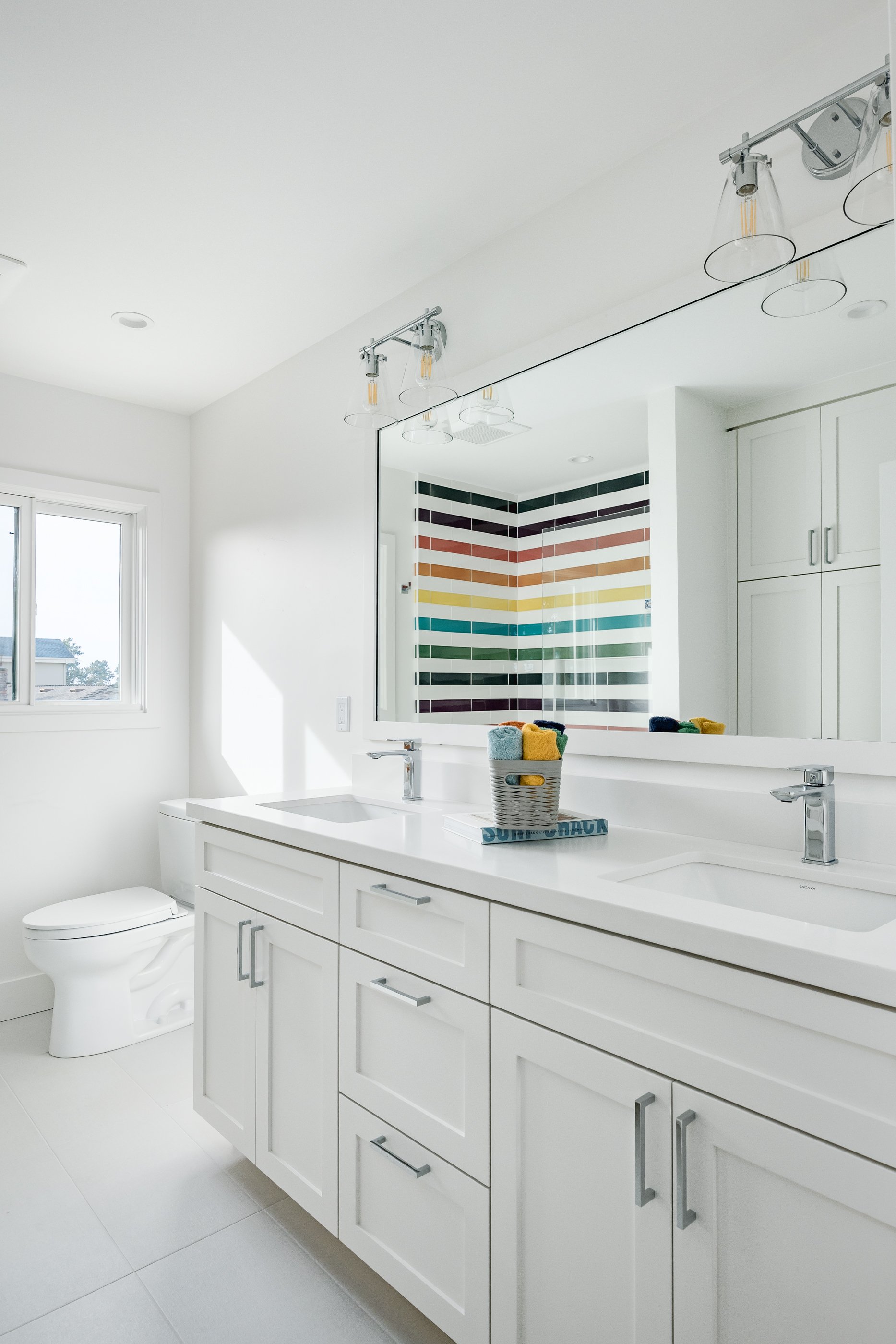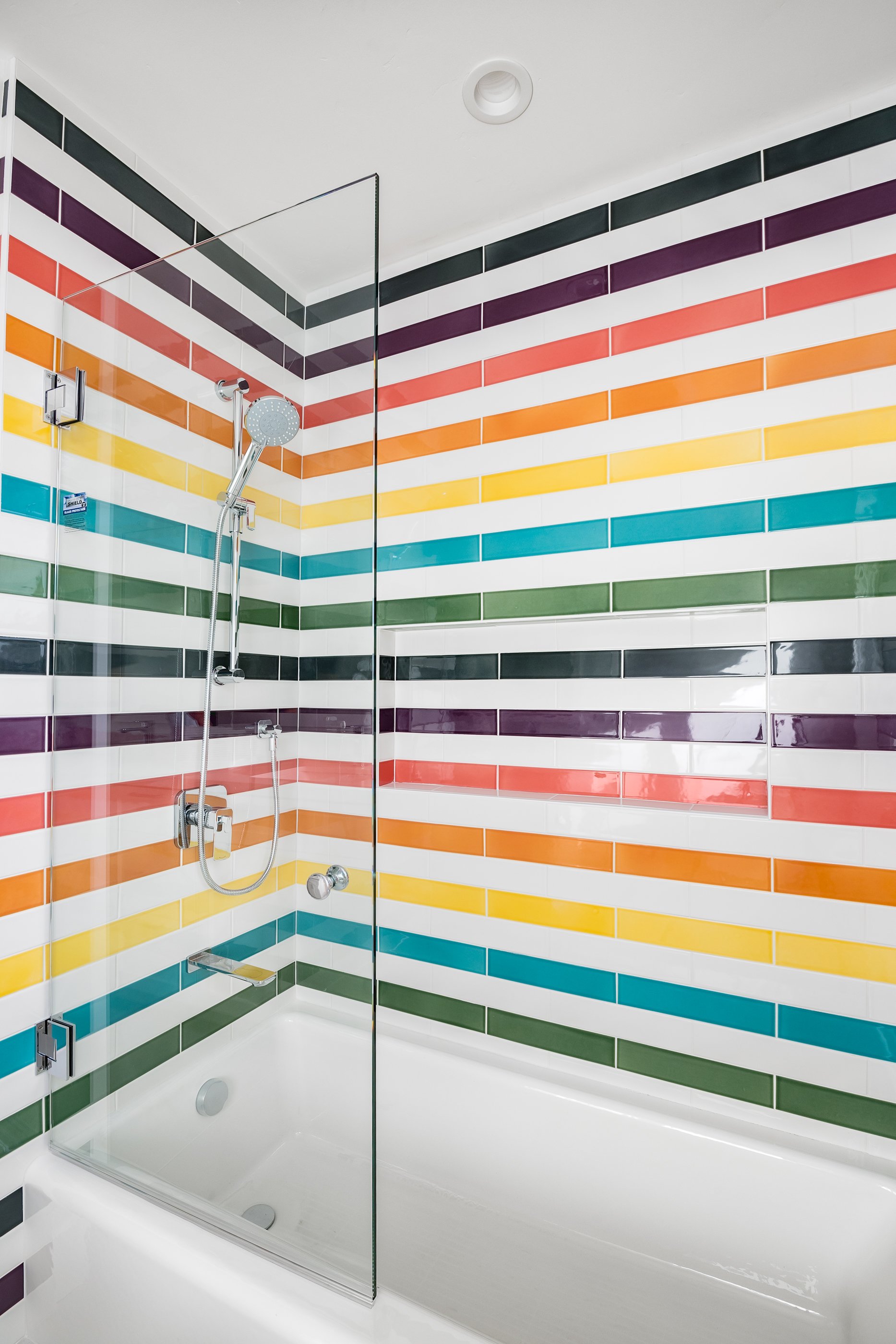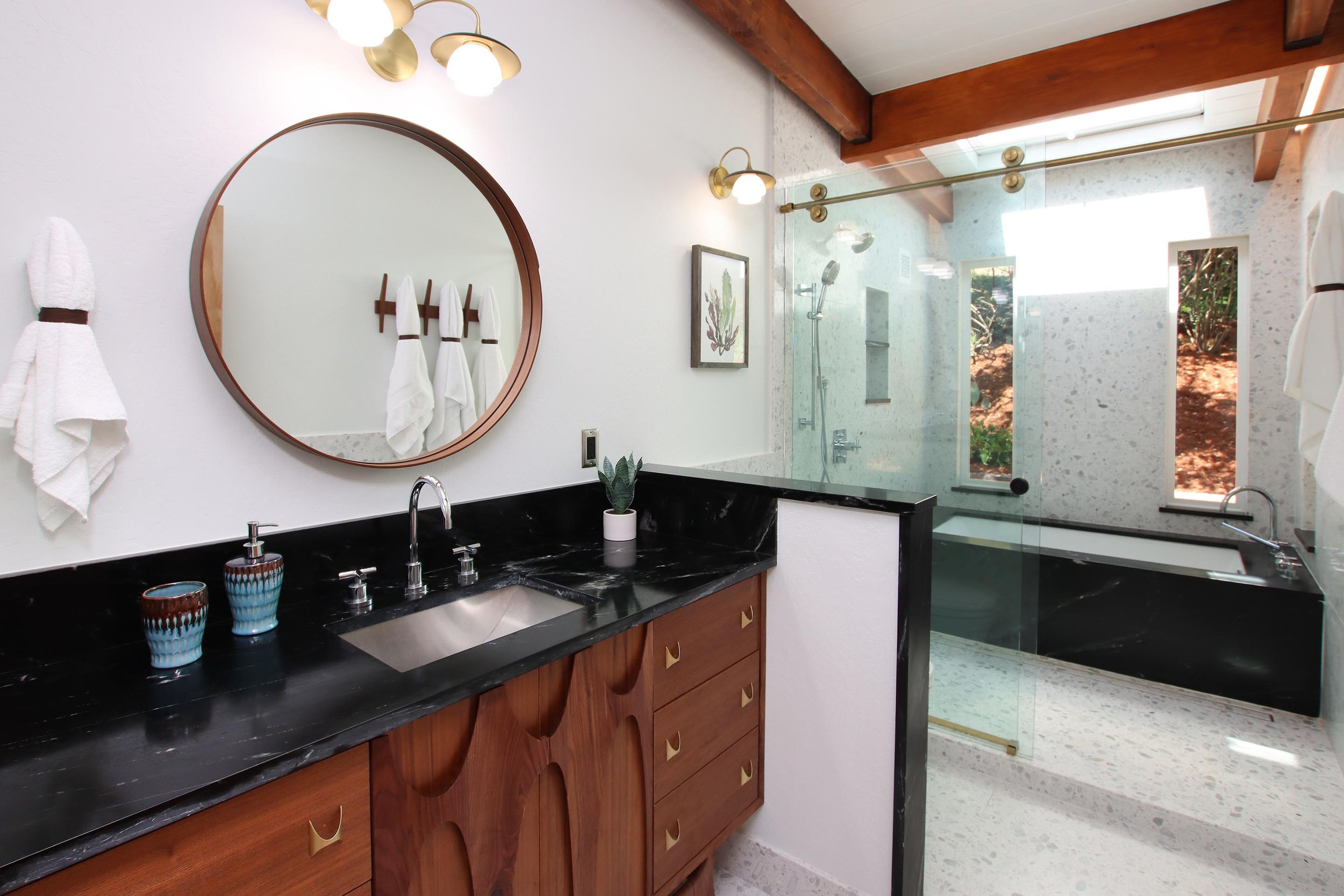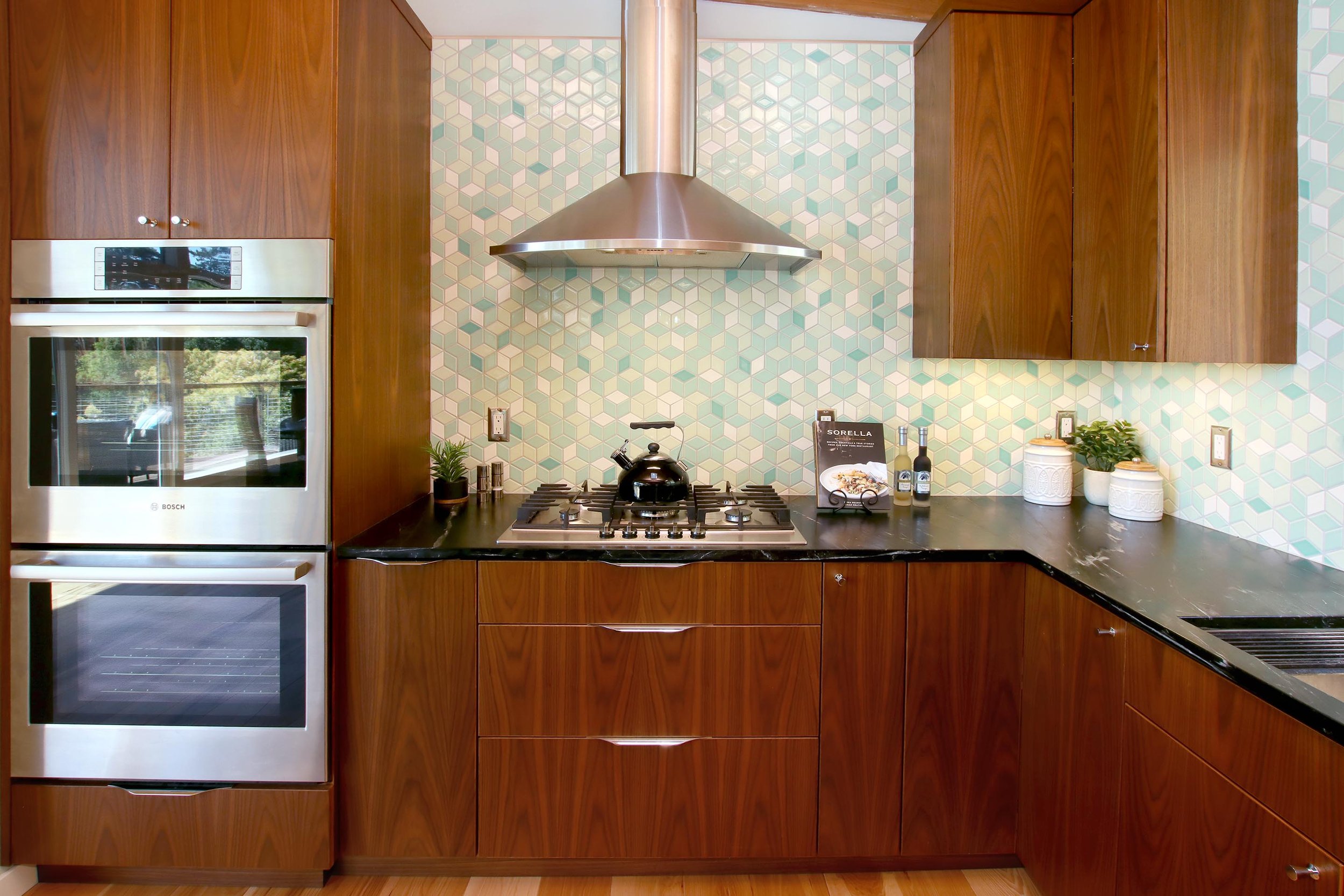Transforming Spaces: How to Blend Functionality with Personal Style in Your Home
Every home tells a story. A well-designed space reflects not just the personal style of the homeowner, but also their lifestyle needs; creating a sanctuary that’s both beautiful and functional.
This clean and contemporary paradise is both beautiful and extremely functional.
Our design choices are proven to directly impact our physical and mental health. NewScientist says, “Neuroscientists have figured out what interior design choices, from flooring to lighting, can help create homes that improve our mental health, decrease stress and fatigue, and even spark creativity.”
Considering how much time we spend in our houses, it’s so important for us to embrace every space available and create your ideal home. When I’m starting any design project, I like to figure out what my homeowners need the most, but I really enjoy learning about them personally (what hobbies they have, how they like to entertain, what they do to relax, and what excites them!) as well as their natural style preferences. So how do you strike that perfect balance between aesthetics and practicality?
The key lies in understanding that design is not just about how a space looks, but how it works for you. According to the ancient Chinese practice of feng shui, there are rules of harmonious living that affect the flow of energy through your body. Consider your home and design choices the building blocks for your ongoing inner peace. A house has to have a stable foundation, otherwise nothing else you do will matter because it won’t last - assessing the energy flow and function of a space is like the foundation for the beauty that you bring in to your space - if it’s beautiful, but it doesn’t work for your lifestyle, then what good is your investment?
Whether you’re interested in making large-scale design changes that impact your homes structure or layout, or small-scale changes like painting walls or replacing flooring, you can start searching for that perfect balance between functionality and personality by considering these 5 tips:
1. Embrace Your Unique Style
First, and most importantly, your home should be a reflection of your personality. Whether you're drawn to the minimalist charm of Scandinavian design or the cozy warmth of a rustic aesthetic, incorporating elements that resonate with your personal taste is essential. But style isn’t just about following trends; it's about creating a space that feels authentically yours! Trends will always be evolving, but if you LOVE something, chances are you’re going to love it 2 years from now, 5 years from now, and most likely even 10 years from now!
Design Tip: Mix and match elements from different design styles to create a look that speaks to you. Remember, the most stunning interiors often break the rules.
2. Functionality First
A beautiful space that doesn’t meet your lifestyle needs can quickly lose its appeal. Whether you’re a culinary enthusiast needing a well-organized kitchen or a busy parent requiring easy-to-clean surfaces, functionality should never be an afterthought. When planning your space, consider how you live and what you need most from each room. (Don’t forget the laundry room!)
Custom storage solutions, durable materials, and thoughtful layout planning can all contribute to a space that’s as usable as it is beautiful. The best part? All of this can be planned when you’re starting your design project.
Check out this whole house remodel in Santa Cruz, where every inch of the home was planned for functionality. From the kitchen with massive custom pantry with tons of storage and a coffee bar, to the laundry room with low maintenance materials, custom cabinetry storage and a folding area built above the washer and dryer.
3. Merge Style with Accessibility
Designing for accessibility ensures that your home can adapt to your needs at any stage of life, without sacrificing style. Consider incorporating universal design principles, such as barrier free showers, plumbing fixtures and door hardware with levers instead of knobs, and contrasting colors to help visually differentiate spaces or areas with different uses.
This primary bath is a great example of merging style and accessibility to create a space that will evolve with these homeowners throughout their lives. Below you can see the barrier free shower (no curb and no glass door!) with large format porcelain tile (low maintenance!) and a soothing soaking tub with a grab bar that matches the plumbing fixtures! All of the plumbing fixtures have levers (instead of knobs), which are easier to use with minimal effort, and dimmable lighting gives the homeowners ultimate control of the mood and environment!
4. Lighting and Color: Setting the Mood
Lighting and color play pivotal roles in both the functionality and aesthetics of a space. Natural light can make a room feel larger and more inviting, while the right color palette can set the mood and complement your decor.
Research has consistently shown that color can significantly affect our mood and emotions. For example, a study in the "Journal of Environmental Psychology" found that rooms painted in light, cool colors, such as blue and green, can induce calm and relaxation, whereas warm colors like red and yellow can create a more stimulating environment. Additionally, having plenty of natural light is shown to positively influence our mental health.
Design Tip: It’s possible to have both a beautiful, functional space that is also fun! Take this kids bathroom that we designed in northern California; it’s modern, chic, boasts natural light, and had a big wow factor that is super fun for the little ones. Plus it’s easy to clean with an acrylic tub and full-height tile walls in the bath/shower.
5. The Final Touch: Personal Accents
What truly brings a space to life are the personal touches. Art pieces that inspire you, family heirlooms that tell a story, or even a selection of your favorite books can all add that personal flair that makes a house feel like a home. These details not only add character but also create focal points of interest and spark conversation.
Design Tip: You can build your personal accents into your home’s core design! Like this homeowner in Aptos, California, who converted a mid-century modern dresser into a vanity in their primary bath and geometric, green full-height backsplash throughout the kitchen during our remodel project.
Blending functionality with personal style in interior design is not just about creating a space that looks good; it’s about designing a home that feels good to live in. By embracing your unique style, prioritizing functionality, and incorporating personal touches, you can create a space that truly reflects who you are and how you live.
And remember, the best designs are those that evolve with you, adapting to your changing needs and preferences.
Want to create your own personal sanctuary, with the perfect blend of functionality and personality? Contact me to start your project today.
